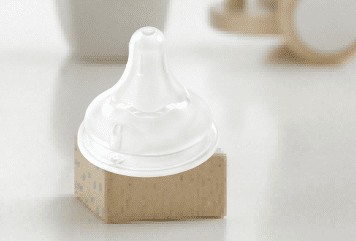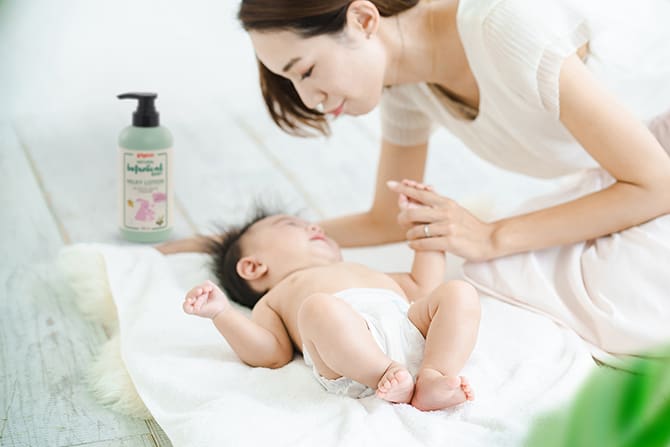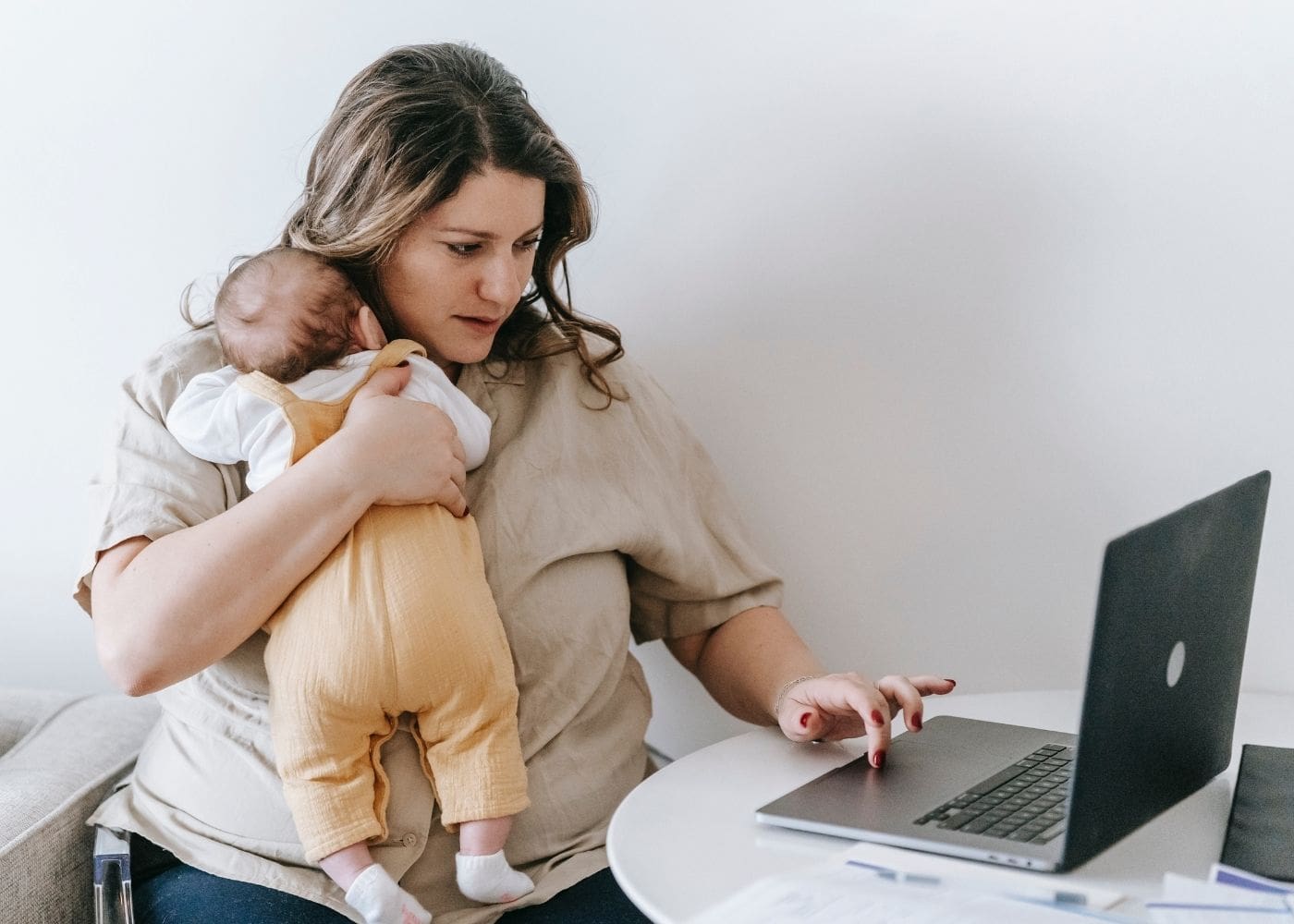9 important tips for SIDS prevention
Despite the decline in Sudden Infant Death Syndrome (SIDS) in recent decades, SIDS still remains a leading cause of infant mortality. SIDS is the unexplained death of a baby, usually during sleep. While parents may be more informed these days, some may still follow old traditions like letting their baby sleep on the stomach or allowing their baby to sleep with them at night. This is extremely risky and should be avoided.
How can you keep your baby safe? Here are simple and effective safe sleeping steps to minimise the risk of sudden unexpected infant deaths:
- Empty crib
As early as a mother’s nesting period, meaning the time she prepares the nursery and fills it up with baby things, she may decorate the crib with bumpers, pillows, blankets and maybe some stuffed toys. While it certainly looks pretty, all these additional items in your baby’s crib could interfere with your baby’s breathing if it is pressed up against it. All your baby needs is a firm mattress and a fitted crib sheet. Avoid stuffed toys, blankets, pillows and bolsters for at least the first seven months.
If you worry about your baby getting cold, especially in an air-conditioned room, either dress your baby in warm sleepwear, or put your baby in a sleeping bag. Then place your baby so its feet are near the foot of the crib.
2. Sleep position
You should always place your baby on its back when sleeping. This is the safest sleep position for your baby. You can buy sleep positioners which prevent your baby from rolling over from its up-facing position. Even as your baby grows and keeps rolling over, you should continue placing your baby down to sleep on its back. As it grows older, you can let your baby figure out its preferred sleeping position.
3. Breastfeeding
Besides nutrition, breastfeeding brings about other forms of benefits! Breastfeeding for more than two months reduces the risk of SIDS by more than half as researchers believe that it may have an effect on infant sleeping patterns. Protection thus naturally increases when babies are solely on breast milk. However, it is still vital that you follow safe sleeping practices whether your baby is breastfed or bottle-fed.
4. Overheating
Avoid overdressing your baby. Overheating may increase the risk of SIDS, so dress your baby in light, comfortable clothes for sleeping. Keep the room temperature at a level that even adults find comfortable. When indoors, keep your baby’s head uncovered as this allows your baby to cool and not overheat. If you are in an air-conditioned room, avoid using blankets as they may cover your baby’s face, or cause a tangle. Consider a sleep suit instead.
5. Same room, different beds
Though you may want to be close to your baby, bed-sharing is especially dangerous. This is because many SIDS cases are due to parents accidentally rolling over in their sleep and suffocating their baby.
The most ideal arrangement is for your baby to sleep in the same room, but in a separate bed. Your baby should sleep alone in a crib or bassinet for at least the first 6 months. Babies should not sleep in a regular bed as the space between the mattress and the bed frame, or the space between the mattress and the wall, could increase the risk of suffocation. Take this challenge positively as an independent sleeper can also self-soothe at night! This means that your baby may learn to settle back to sleep without crying and fuss.
6. Immunisations
While there is no confirmation that immunisations can help prevent SIDS, babies who have been immunised appear to reduce the risk of SIDS by half as compared with babies who are not. After all, immunisations are meant to keep your baby safe, so do remember to be on time for your baby’s shots!
7. Pacifiers
Putting your baby to sleep with a pacifier may help prevent SIDS. However, if you are breastfeeding your baby, introduce a pacifier only after the first month to avoid nipple confusion. If your baby rejects the pacifier, do not force it. Only put the pacifier in your baby’s mouth when laying it down to sleep. If it drops out while your baby is already asleep, do not put it back. Do keep the pacifier clean, and replace if damaged. Never, never dip the pacifier into any substance, including honey or alcohol!
8. No smoking
The dangers of smoking not only affect you, but also your baby. Expectant mothers are advised to quit smoking as it is harmful to the baby and triples the risk of SIDS. Even after your baby is born, you should keep your baby away from smokers as the second-hand smoke also increases the chances of SIDS. In short, do not let anyone smoke around your baby. Even when parents smoke away from their babies, the risk of SIDS is high! For the sake of your baby’s health and well-being, say no to smoking!
9. “Anti-SIDS” products
Steer clear of products that claim to reduce the risk of SIDS because there is no known way to prevent SIDS. It may be tempting to buy a product with such a promise, but you should save your money unless these items have been proven safe or effective. Some of these items may help monitor your baby’s movements or heart rate at best, but does not prevent SIDS.
Although there is no guaranteed way to prevent SIDS, there is plenty you can do to lower the risk. Experts believe that babies are most at risk between 2 and 4 months old, though you should continue to safeguard your child from SIDS until he or she turns one. For a happy, healthy baby, be sure to share these SIDS prevention tips with those who will be caring for your baby! Safe sleeping practices will give you a greater peace of mind.














